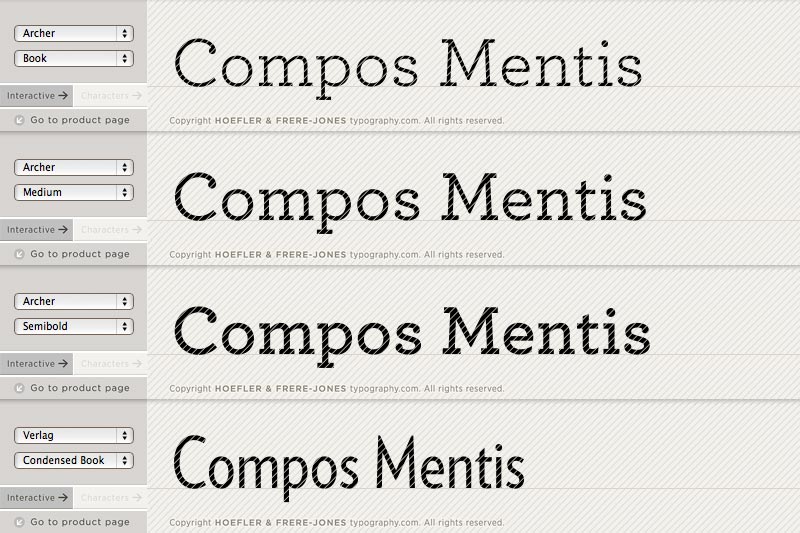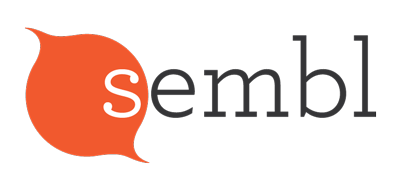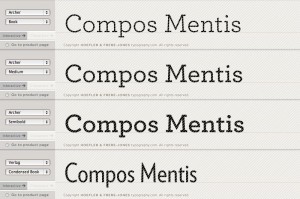So where have the devices come from? Who made them and why? Thinking on this, I came up with a backstory:
A set of devices has been sent back from the future, after the apocalypse, when people have forgotten about the time before, what the world contained, how things worked, and what it all meant. They yearn to know of the richness and diversity of their former world; they want to learn about the past — our present – in an organic but semi-systematic way.
So they created a game-in-a-box that we past people can enjoy playing and which streams its generative data back into the future, through a hub device that orchestrates and prevents random data entry. The more games are played, the more the future folk remember and understand.
There is an ulterior motive, but it is not evil: it is only to prevent the apocalypse. Yes, the future folk hold firmly to a fragile hope that if people in the past could understand things better – if they would only pay more attention to how meaning is made – then the apocalypse may never happen. The future folk must be subtle; they must not reveal the disaster ahead – the past people must not be afraid! So they operate under a guise of intriguing frivolity, and own only half their purpose.
And why did they choose to send the devices to the National Museum of Australia? Well, that will be the subject of a future post…




